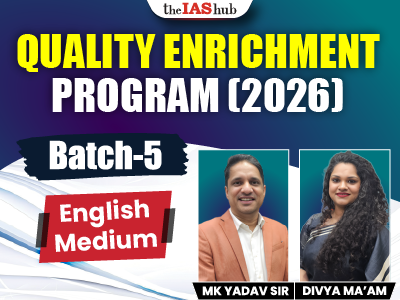Learn about the Amendment Procedure of Indian Constitution, types of amendments, challenges, and judicial interpretations. Understand how India modifies its Constitution while maintaining stability.

The Indian Constitution is a dynamic document that allows for modifications to adapt to changing societal, political, and economic needs. While it is designed to be stable, it also provides a structured process for amendments. Article 368 in Part XX of the Constitution outlines the procedure for amending its provisions, ensuring a balance between flexibility and rigidity.
Some provisions can be amended by a simple majority (more than 50% of members present and voting). These typically relate to administrative and procedural matters, such as:
Major constitutional provisions require a special majority (majority of total membership and two-thirds of those present and voting). This applies to:
Amendments affecting the federal structure require:
The Supreme Court and High Courts interpret the Constitution, altering its application.
Over time, unwritten practices and traditions shape governance without formal amendments.
Some amendments are struck down for violating the Constitution’s Basic Structure Doctrine.
Certain amendments are criticized for serving political interests rather than public welfare.
Some amendments are passed without broad public or political agreement, leading to controversy.
Frequent amendments make the Constitution more complicated and difficult to interpret.
State ratification takes time, delaying amendments.
Some amendments introduce unclear provisions, leading to varied interpretations.
Amendments can weaken federalism by centralizing power.
Unlike the USA, India lacks a separate constitutional convention for proposing amendments.
State legislatures cannot propose constitutional amendments, reducing their influence in federal matters.
The Constitution does not specify a deadline for state legislatures to approve or reject amendments, leading to delays.
If the two Houses disagree on an amendment, there is no provision for a joint sitting to resolve disputes.
The amendment process lacks clarity in certain areas, leading to frequent judicial review and challenges.


Refine your answer writing skills and elevate your UPSC preparation with personalized support and expert feedback.
Fill out the form to get started with the program or any other enquiries !








Are you dreaming of becoming an IAS officer? Then, IAShub can be your best guide. It is one of the Best IAS Coaching in Delhi. Many students who want to clear the UPSC exam join IAShub for learning. The institute gives both online and offline classes. Their teachers are experienced and helpful. They easily explain every topic. Students also get notes, tests, and tips to do well in the exam.
IAShub is in Delhi and is trusted by many UPSC students. It offers coaching for every part of the UPSC exam – Prelims, Mains, and Interview. The classes are simple and easy to understand. The teachers are experts and guide students in the right way. IAShub is also known for its helpful notes, test series, and answer-writing practice. IAShub is the best coaching in Delhi and also gives UPSC Online Classes. This helps students from any place in India to learn. The online classes are live and also recorded. So, students can watch them anytime. These classes cover the full UPSC syllabus.
Here are some important services provided by IAShub:
The UPSC Civil Services Exam has three parts:
This exam is tough, but with the right guidance, it becomes easy to manage. Students must study smart and stay regular.
IAShub supports students from the beginning to the end. It gives the right books, tests, and notes. The classes are easy to follow, and the teachers are always ready to help. Students get personal doubt sessions too. The test series and answer checking help students learn where they need to do better. Also, free study materials save time and money.
IAShub also guides students during the final stage – the interview. Experts take mock interviews and give useful tips. This full support makes IAShub one of the best IAS coaching in Delhi.